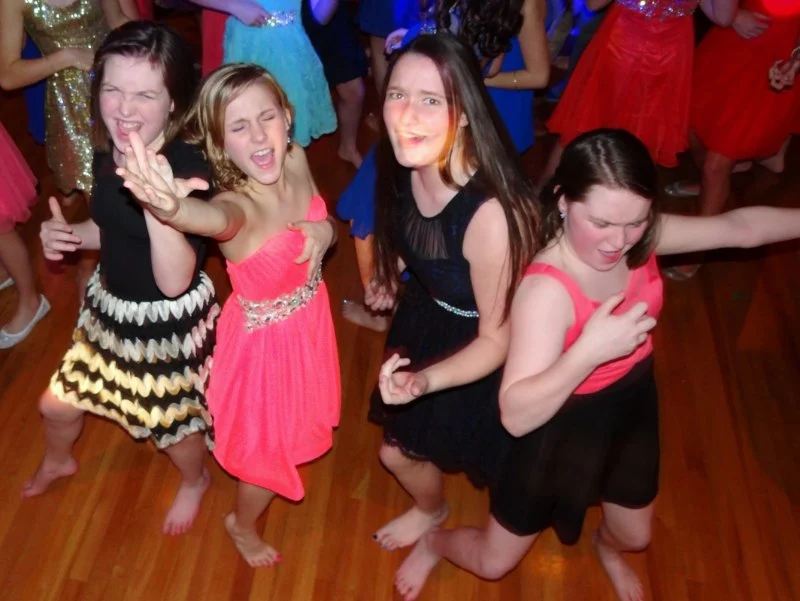
- are-there-dances-in-middle-school - Are There Dances in Middle School?
- what-middle-school-dances-look-like - What Middle School Dances Look Like
- why-middle-school-dances-matter - Why Middle School Dances Matter
- common-types-of-middle-school-dances - Common Types of Middle School Dances
- how-schools-organize-middle-school-dances - How Schools Organize Middle School Dances
- what-parents-and-students-should-know - What Parents and Students Should Know
- building-confidence-through-dance - Building Confidence Through Dance
1. Are There Dances in Middle School?
Yes, many middle schools across the U.S. do host dances—and for good reason. These events are more than just a chance to play music and dance in a gym. They are social milestones that help students develop confidence, build friendships, and engage in a safe and supervised environment. If you’ve ever wondered “are there dances in middle school,” the answer is a definite yes—though the formality and frequency may vary by school district and culture.
2. What Middle School Dances Look Like
Middle school dances aren’t quite the candlelit proms seen in movies, but they still carry their own charm. Typically held in a school gym, cafeteria, or multi-purpose room, these dances often involve pop music, colorful decorations, snacks, and a DJ. Some schools host themed events—like “80s Night” or “Winter Wonderland”—while others keep it casual. The key point is to make students feel safe, included, and excited to participate.
3. Why Middle School Dances Matter
At first glance, a school dance may seem trivial. But to a 12-year-old navigating puberty, social anxiety, and the search for identity, dances provide a chance to experiment with self-expression. A dance may be the first time a student builds the courage to ask someone to dance, or even just dress up for an occasion. These moments—though small—leave lasting impressions. Institutions like the American Dance Academy recognize how these experiences spark a deeper love for movement and performance.
4. Common Types of Middle School Dances
Not every dance is the same. Some common formats include:
After-school socials: Typically held right after school, allowing students to stay on campus and enjoy dancing, snacks, and games until parents pick them up.
Evening semi-formals: These tend to occur once or twice a year, often tied to holidays or end-of-year celebrations. Students may wear dresses, suits, or just neat casual clothing.
Fundraiser dances: Some dances are organized to raise funds for school activities or charities. A small entry fee might be charged.
5. How Schools Organize Middle School Dances
Organizing a middle school dance is no small feat. School administrators work closely with parent-teacher associations, volunteer staff, and student councils to plan everything—from music selection and chaperoning to decorations and refreshments. Safety is a priority, so many schools require permission slips, chaperones, and dress codes. That said, creativity is welcomed—some schools even hire professional DJs or invite local dance studios like American Dance Academy to host mini dance lessons as part of the event.
6. What Parents and Students Should Know
For parents, it's important to recognize these events as an emotional and developmental milestone. Encouraging your child to attend—even if they’re nervous—can be a great way to help them step out of their comfort zone. Discuss expectations, etiquette, and help them plan an outfit that fits the theme or dress code.
For students, this is a chance to bond with classmates, express yourself, and enjoy being a kid. You don’t need to be the best dancer in the room—just showing up and participating is what counts.
7. Building Confidence Through Dance
Learning to dance in public—especially in a middle school setting—takes courage. That’s why dance training outside of school can be helpful. Programs offered by institutions like American Dance Academy not only teach choreography and rhythm but also boost social confidence. When students learn basic dance moves, they feel more prepared and relaxed at school events.
One middle schooler from Ohio shared her story: “I was terrified before my first dance. But after just a few sessions at a local dance class, I felt like I belonged. I even helped teach a move or two to my friends at the dance. That night changed how I saw myself.”
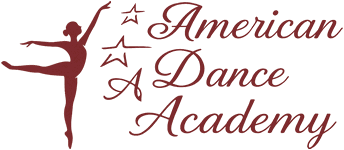
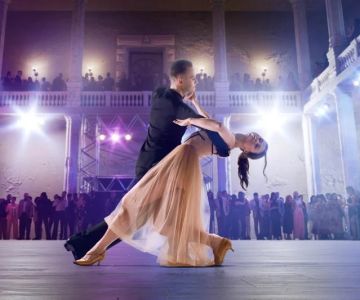
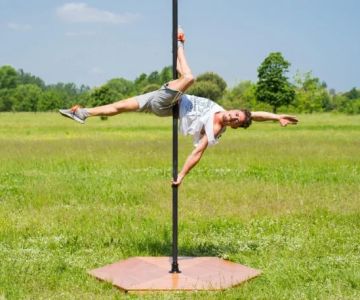
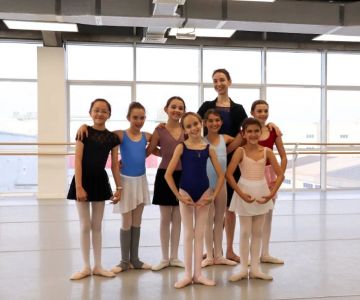
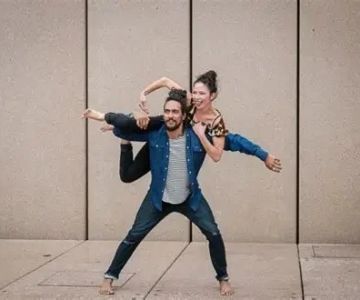
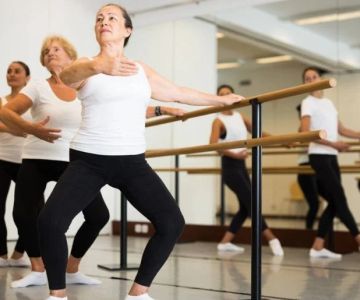
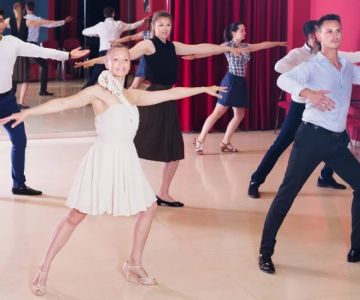
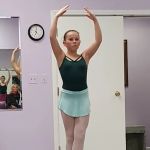 Barrington Dance Academy5.0 (22 reviews)
Barrington Dance Academy5.0 (22 reviews)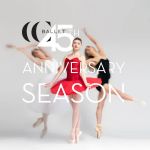 Canyon Concert Ballet4.0 (17 reviews)
Canyon Concert Ballet4.0 (17 reviews) Big City Dance Center LLC4.0 (25 reviews)
Big City Dance Center LLC4.0 (25 reviews) Tye Chua Dance & Kalamazoo Ballet5.0 (18 reviews)
Tye Chua Dance & Kalamazoo Ballet5.0 (18 reviews)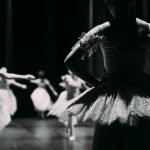 Fenton Ballet Theatre4.0 (24 reviews)
Fenton Ballet Theatre4.0 (24 reviews) Front Street Dance Center5.0 (7 reviews)
Front Street Dance Center5.0 (7 reviews) Are There Dances in Middle School? What Students and Parents Should Know
Are There Dances in Middle School? What Students and Parents Should Know How a Dance School in Instagram Builds Community and Success
How a Dance School in Instagram Builds Community and Success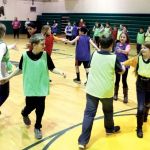 Why Do Schools Teach Square Dancing?
Why Do Schools Teach Square Dancing?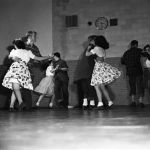 Why Was Square Dancing Taught in School?
Why Was Square Dancing Taught in School? Why Swing Dance Is Popular for Adults
Why Swing Dance Is Popular for Adults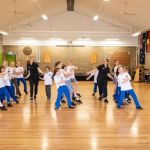 A School Dance: How to Prepare, Shine, and Make It Unforgettable
A School Dance: How to Prepare, Shine, and Make It Unforgettable